Spring in the Aquatic Collections' Greenhouse
While the world outside has changed in so many ways, life in the Gardens’ greenhouses have followed a more predictable pattern. Spring remains a busy time indoors here, with many plants getting their start to the season as cuttings, seeds or divisions. Others, such as our carnivorous plant collection, enjoy life under the glass year-round. Here are a few highlights of the plants that are being cared for behind the scenes in our aquatic collections' greenhouse this spring:
Butterworts - Pinguicula species - These colorful beauties are often called the African violets of the carnivorous plant world. The genus has a distribution throughout the northern hemisphere and down into Central and South America, with Mexico being home to the highest number of species. The Latin name Pinguicula means "little greasy one" and is descriptive of the feel of the leaves, which are covered in tiny, sticky hairs that capture small insects such as gnats and fruit flies.
Victoria 'Longwood Hybrid' - Our popular Victoria waterlilies (also known as water platters) are sent to us as seeds the size of peas from Longwood Gardens each fall. In the spring, they are placed in heated tubs of water (88-90 degrees F) to germinate. This year, our seeds got a quick start, taking less than a week to germinate. They will remain in the aquatic’s greenhouse until mid to late June, when they will be planted outdoors in the display ponds. Tiny thorns are already visible on each seedling.
Mosaic Plant - Ludwigia sedioides - This floating-leaved aquatic plant is native to warm, still waters in South America. It is happiest in a water bowl or small water feature in full sun. Cuttings will be taken from our plants in the greenhouse and planted in containers of heavy clay loam in mid to late June. These will then be submerged in water 6-12 inches over the top of each container in our Ellipse garden pool for the summer months.
Gorgon Plant - Euryale ferox - Also known as prickly waterlily, this floating-leaved plant is covered in thorns which line the top and bottom of each leaf as well as the stems and even the flower sepals. Native to Eastern Asia, it can grow almost as large as a Victoria waterlily, but the flowers are much smaller and often open under water. The seeds, known as fox nuts or makhana, have been used as a food source for centuries as well as for religious offerings and medicinal purposes.
Spring Plant Sale – A selection of more than 60 types of aquatic plants were ordered as bareroot starts in early March. These were potted up and are now growing happily in the greenhouse. Take a look at the list of available varieties.
While you’re staying home, you can learn more about our water gardens and see them in full bloom with this short video.
Gallery
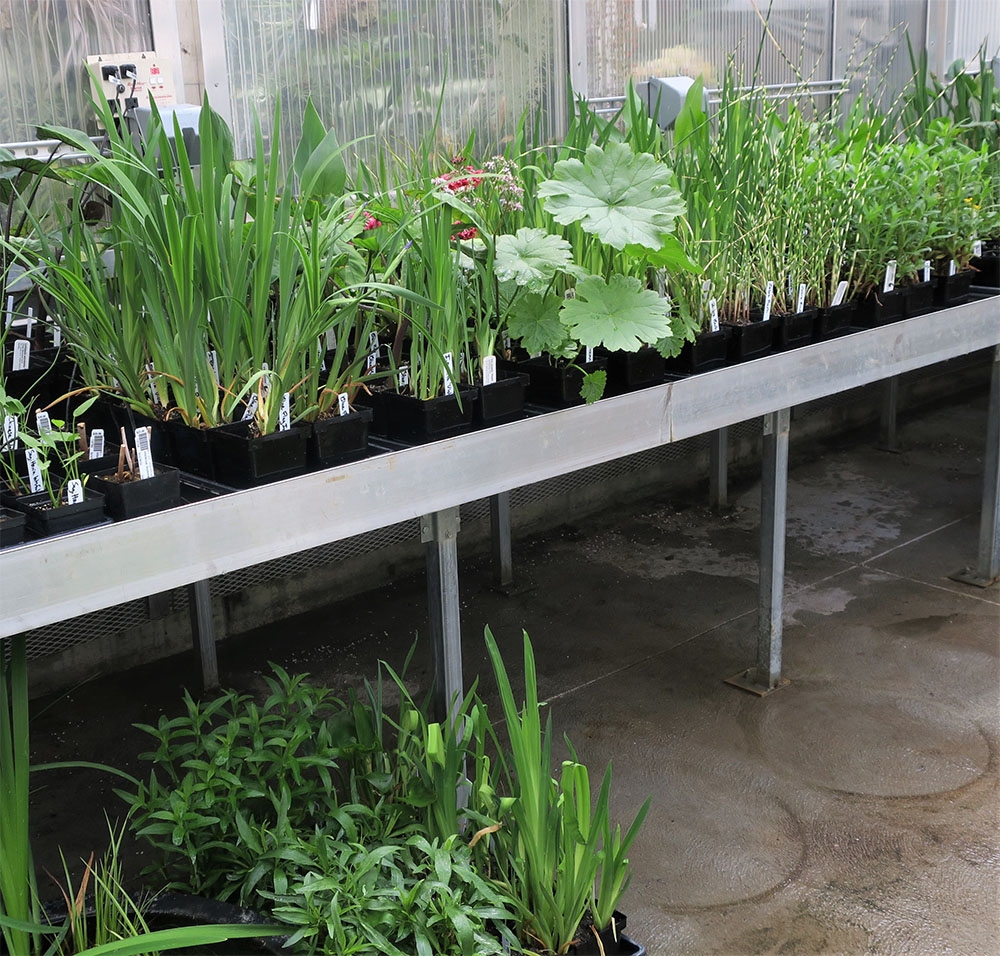
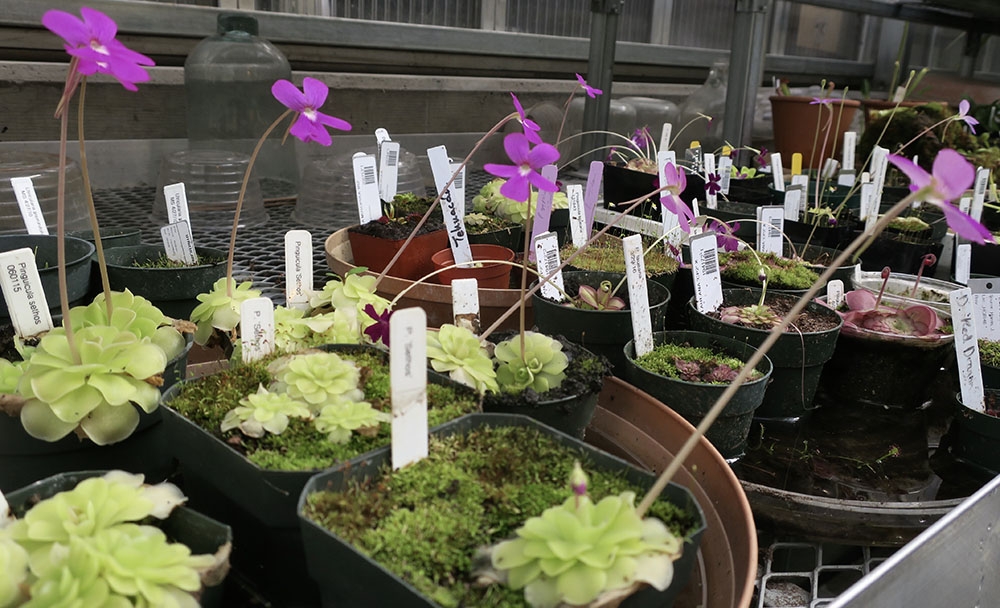
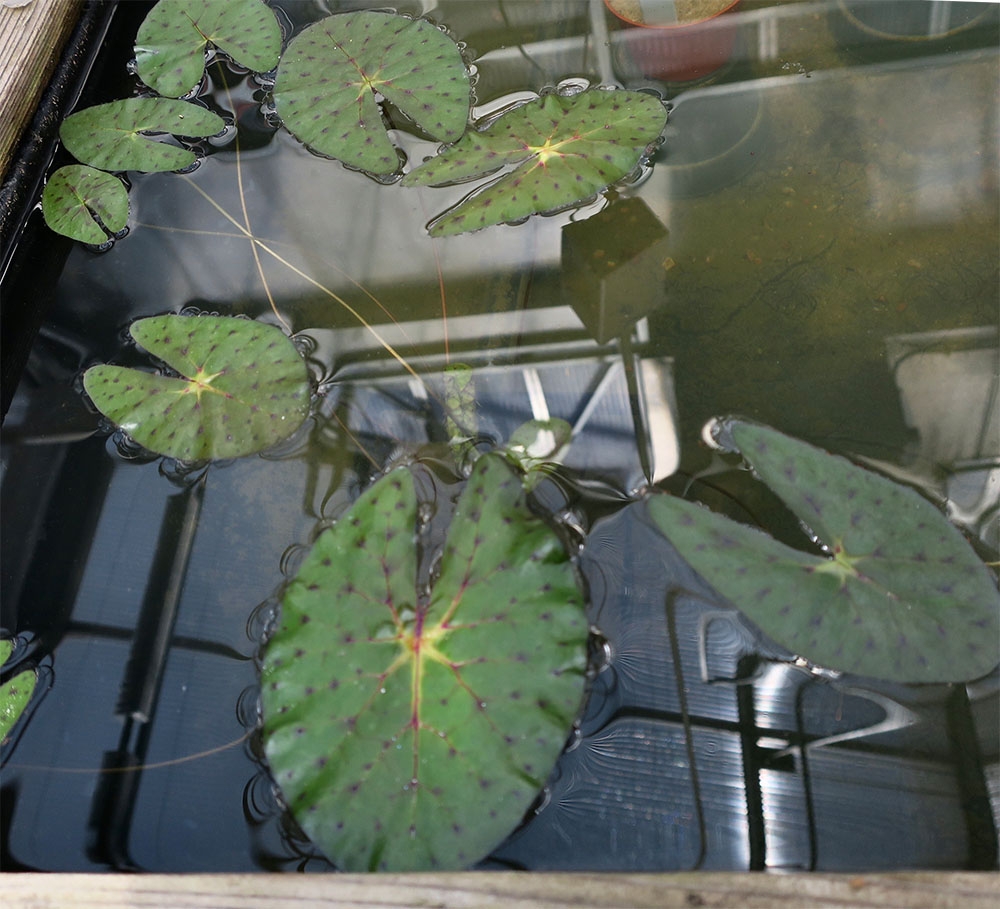
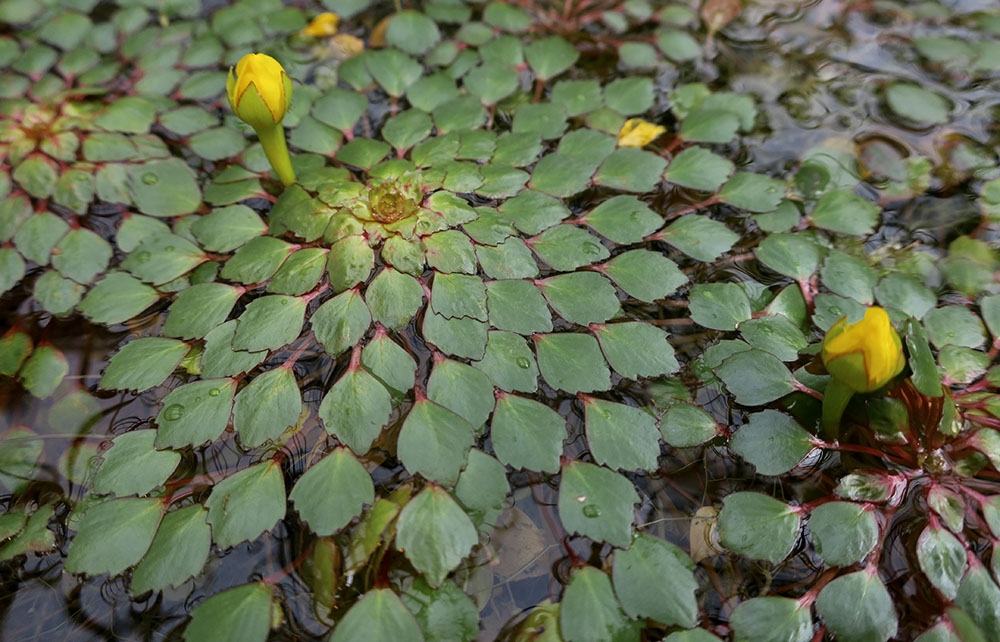
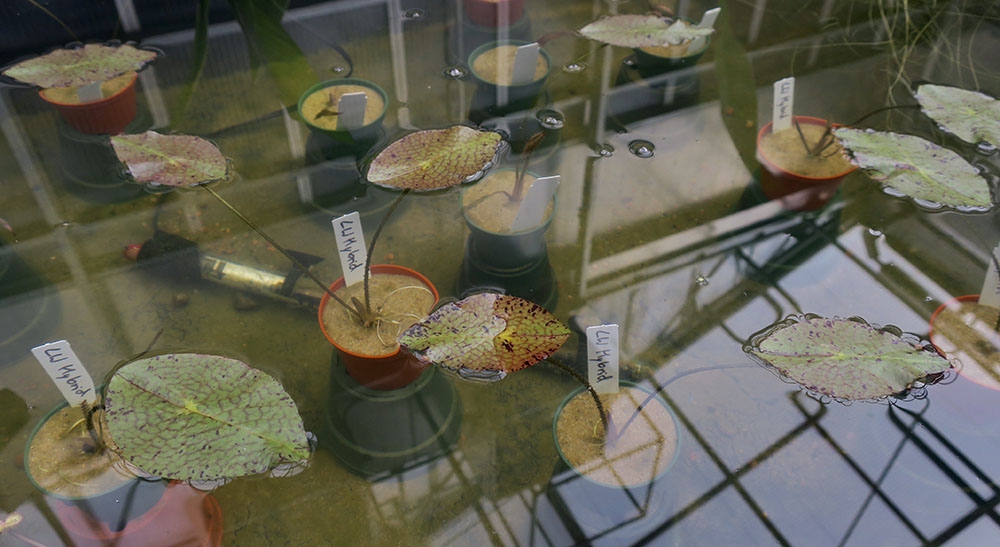
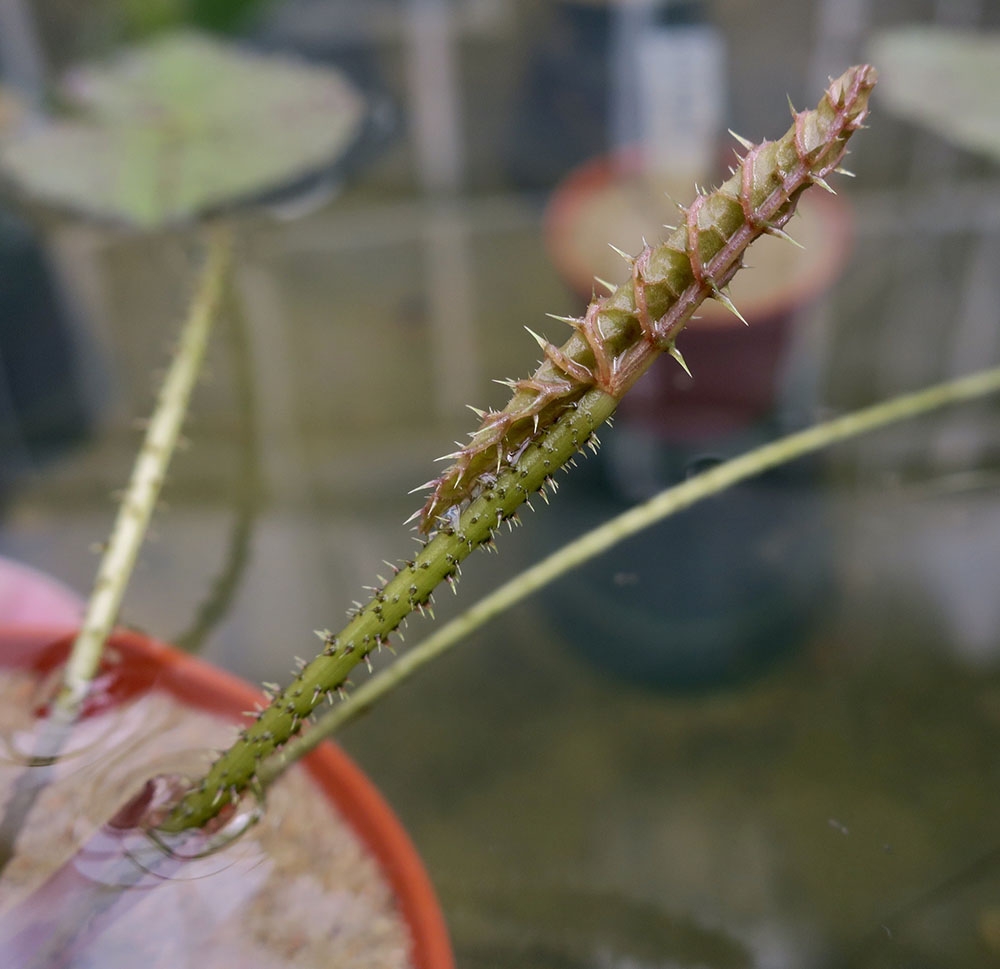
Add new comment